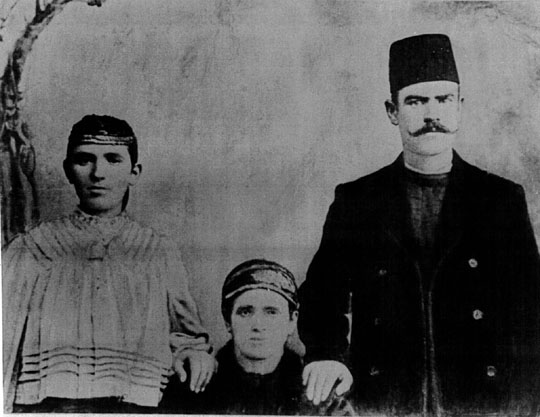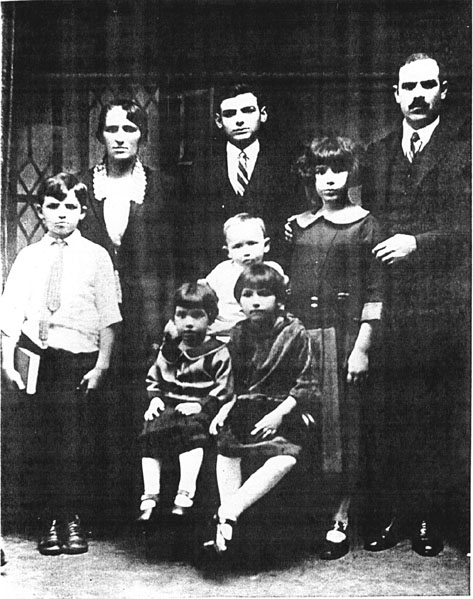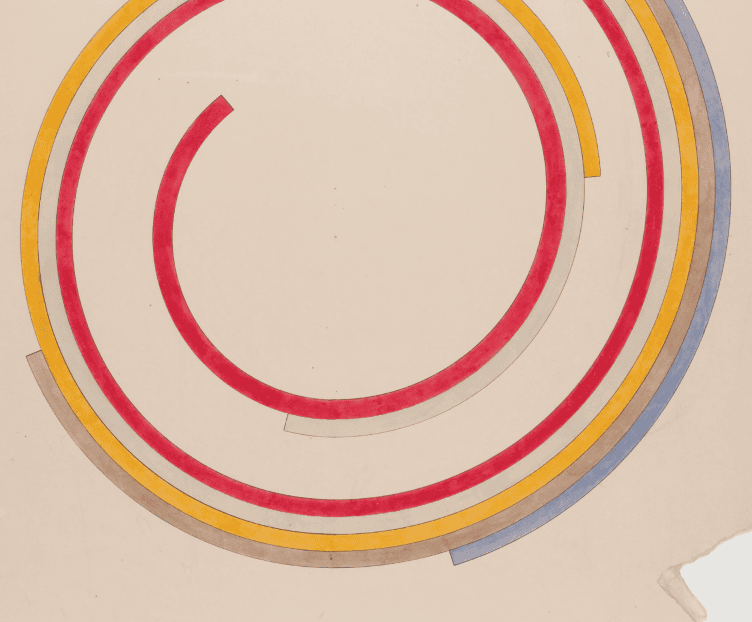This resource was developed as part of Linking Family History and World History by Linda Pomerantz.
This is probably a photograph commemorating the wedding of Jacob Sarfaty and Sara Elias, most likely taken in 1905. The person sitting between them is most likely Sara’s mother, but this is an example of an unverified inference.

To analyze this photograph, start with questions and observations about the photograph similar to those asked in the 1923 family photograph:
- How many people are in the photograph?
- How are they are arranged?
- What kinds of expressions are on their faces?
- Are they touching? Who is touching?
- Is there a “center” to the photograph? If so, who is at the center?
- What types of clothing are they wearing?
Comparative Analysis
- How do the answers to these questions differ from the answers for the 1923 photograph?
- How might we compare and contrast these two photographs?
- What new inferences might we draw from the comparison?


Reflective Questions
- If you have two different primary source photographs, how do your two photos differ?
- How are they similar? (Hint: It would be helpful do draw a chart or graphic organizer to show the similarities and differences.)
- How does your comparative analysis increase your understanding of the history of the family you are researching?


